0.86mL Flow Through Cuvette, 1 mm Pathlength, QGF860
Unlock the full potential of your sample analysis with our cutting-edge 0.86mL Flow Through Cuvette. Engineered to deliver precise and reliable results, this cuvette is meticulously crafted to meet the highest standards of quality and performance. With its exceptional features and extensive customization options, it empowers you to tailor your experiments and achieve outstanding outcomes. Elevate your research to new heights with this remarkable cuvette.
Key Features:
- Volume Capacity: The cuvette offers a substantial volume capacity of 860 μL, allowing you to work with larger sample volumes and conduct comprehensive analyses.
- Optimal Pathlength: Featuring a precisely calibrated path length of 1 mm, this cuvette ensures accurate and reproducible measurements of light absorbance or fluorescence intensity, enabling precise quantification and analysis.
- Enhanced Optical Clarity: Equipped with two high-quality windows, the cuvette provides exceptional optical clarity, minimizing signal loss and maximizing light transmission for accurate data acquisition.
- Superior Material: Crafted from premium quartz material, the cuvette boasts outstanding optical properties, ensuring minimal interference and providing a clear, unobstructed path for light, guaranteeing precise and reliable measurements.
- Seamless Sample Flow: The cuvette includes quartz flow tubes with an outer diameter of 4 mm, facilitating smooth and controlled sample flow, enabling efficient mixing and minimizing turbulence for optimal analysis.
- Wide Spectral Range: Operating within a broad spectral range of 200 – 2,500 nm, the cuvette accommodates a wide range of analytical techniques, enabling you to explore various wavelengths and adapt to diverse experimental requirements.
- Ample Chamber Size: With a spacious chamber size of 45 x 25 x 4 mm, the cuvette offers ample space for convenient sample loading and handling, ensuring ease of use without compromising measurement precision.
Customization Options:
We understand that your research needs may vary, which is why we offer extensive customization options for our cuvettes. Tailor the specifications to your specific requirements and experimental setup, including:
- Customized chamber size or dimensions to accommodate unique sample volumes or experimental constraints.
- Alternative pathlengths to match your specific analytical needs, enabling precise measurements across a range of concentrations or optical densities.
- Additional windows or modifications to suit specialized applications or multidimensional analysis requirements.
- Customized flow tube dimensions or materials for optimized sample flow, mixing, and compatibility.
With our dedicated customization services, we ensure that your cuvette is perfectly tailored to your research needs, allowing you to unleash the full potential of your experiments.
Why use 1mm cuvettes?
Researchers use 1mm cuvettes for a variety of reasons, as they offer unique advantages and are well-suited for specific applications. Here are some reasons why researchers choose 1mm cuvettes:
- Sensitivity and Accuracy: The 1mm pathlength of these cuvettes allows for enhanced sensitivity and accuracy in sample analysis. The longer pathlength increases the interaction of light with the sample, making it easier to detect small changes in absorbance or fluorescence intensity.
- Wide Dynamic Range: The 1mm pathlength provides a wide dynamic range for measurements. It enables researchers to analyze samples with varying concentrations, accommodating both high and low-concentration ranges without dilution or saturation issues.
- Versatility: 1mm cuvettes are versatile and suitable for a broad range of applications across different scientific disciplines. They are commonly used in spectrophotometry, fluorometry, and other optical measurements, making them essential in fields such as biochemistry, molecular biology, pharmaceutical research, and environmental analysis.
- Compatibility with Instruments: Many spectrophotometers and fluorometers are optimized for 1mm cuvettes, making them a standard choice for compatibility reasons. Researchers can easily integrate these cuvettes into their existing laboratory instruments without the need for additional modifications or adjustments.
- Sample Conservation: The 1mm cuvettes allow researchers to analyze smaller sample volumes while maintaining a sufficient pathlength. This is particularly beneficial when working with precious or limited samples, as it minimizes sample consumption and reduces waste.
- Standardization: The use of 1mm cuvettes has become a widely accepted standard in many research fields. Standardization promotes consistency, comparability, and reproducibility of results across different laboratories and studies.
- Optical Performance: 1mm cuvettes are often made from high-quality materials such as quartz or optical glass, ensuring excellent optical properties. They exhibit low background noise, high light transmission, and minimal interference, leading to more accurate and reliable measurements.
Overall, researchers choose 1mm cuvettes for their sensitivity, versatility, compatibility with instruments, and ability to provide accurate and reproducible results across a wide range of applications. These cuvettes play a crucial role in advancing scientific research, enabling scientists to gain valuable insights into various phenomena and contribute to the advancement of knowledge in their respective fields.
Conclusion:
The 0.86mL Flow Through Cuvette, with its exceptional volume capacity, precise pathlength, superior quartz material, and extensive customization options, empowers you to achieve precise and reliable results in your sample analysis. Benefit from its generous chamber size, enhanced optical clarity, and seamless sample flow for optimal data acquisition. Explore a wide spectral range and adapt to diverse experimental requirements. Customize the cuvette to your specific needs and unlock new possibilities in your research. Elevate your scientific endeavors with this remarkable cuvette and experience the unmatched performance it offers.
What’s the use of flow cells?
Flow cells have a wide range of applications in scientific and laboratory settings due to their unique design and functionality. Here are some key uses of flow cells:
- Spectrophotometry: Flow cells are commonly employed in spectrophotometry, where they enable the measurement of absorbance or transmittance of light through a sample. By passing the sample through the flow cell, researchers can obtain valuable information about the composition, concentration, and properties of the sample.
- Chemical Analysis: Flow cells are instrumental in various chemical analysis techniques, such as liquid chromatography and flow injection analysis. These techniques involve the continuous flow of a sample through the flow cell, allowing for real-time monitoring and detection of analytes.
- Biological Research: Flow cells find extensive use in biological research, particularly in applications such as cell counting, cell culture monitoring, and enzyme kinetics. The controlled flow of biological samples through the flow cell enables researchers to study cellular processes, perform viability assessments, and analyze enzymatic reactions.
- Flow Cytometry: Flow cells are integral components of flow cytometers, powerful instruments used for cell analysis and sorting. In flow cytometry, cells suspended in a fluid are passed through the flow cell one at a time, allowing for the characterization and sorting of cells based on their physical and biochemical properties.
- Microfluidics: Flow cells play a crucial role in microfluidic systems, which manipulate small volumes of fluids for various applications. Microfluidic flow cells enable precise control of fluid flow, mixing, and reactions, making them valuable tools in fields such as drug discovery, genomics, and diagnostics.
- Environmental Monitoring: Flow cells are utilized in environmental monitoring systems to analyze water quality, detect pollutants, and assess the health of ecosystems. By continuously flowing water samples through flow cells, researchers can monitor parameters such as dissolved oxygen, nutrient levels, and pollutant concentrations.
The use of flow cells offers several advantages, including:
- Real-time Monitoring: Flow cells facilitate continuous and real-time monitoring of samples, enabling researchers to capture dynamic changes and obtain immediate results.
- Sample Conservation: Flow cells require only small sample volumes, making them suitable for applications where sample conservation is crucial, such as precious or limited sample scenarios.
- Repeatability and Precision: Flow cells provide consistent and repeatable measurements, ensuring reliable and accurate data acquisition.
- Flexibility and Customization: Flow cells come in various sizes, pathlengths, and designs, allowing for customization to suit specific experimental requirements.
In summary, flow cells are versatile tools that enable the controlled flow of samples, facilitating a wide range of scientific analyses, measurements, and experiments. Their applications span across disciplines such as chemistry, biology, biotechnology, environmental science, and more, making them indispensable in research and laboratory settings.
To the best of our knowledge, the information provided here is accurate. However, Aireka Scientific assumes no liability for the accuracy of this page. The values provided are typical at the time of manufacture and may vary over time and from batch to batch. All products are for laboratory and research and development use only, and may not be used for any other purpose including health care, pharmaceuticals, cosmetics, food, or commercial applications.
 10 mm Quartz Absorption Cuvettes with 2 Clear Windows, 3.5 mL, QGB11
3 × $56.00
10 mm Quartz Absorption Cuvettes with 2 Clear Windows, 3.5 mL, QGB11
3 × $56.00  33mm, 0.22um, PES, ASF3304, Non-sterile, Syringe Filter, 100pc/pack
2 × $57.60
33mm, 0.22um, PES, ASF3304, Non-sterile, Syringe Filter, 100pc/pack
2 × $57.60  V1345, Screw-thread 13mm Vial
2 × $23.60
V1345, Screw-thread 13mm Vial
2 × $23.60  C130931, Closure and septa, For 13mm Vial
2 × $16.20
C130931, Closure and septa, For 13mm Vial
2 × $16.20  V1327, Screw-thread 13mm Vial
2 × $20.40
V1327, Screw-thread 13mm Vial
2 × $20.40  13mm, 0.22um, PES, ASF12013, Non-sterile, Syringe Filter, 100pc/pack
2 × $24.00
13mm, 0.22um, PES, ASF12013, Non-sterile, Syringe Filter, 100pc/pack
2 × $24.00  25mm, 0.45um, MCE, ASF12022, Non-sterile, Syringe Filter, 100pc/pack
2 × $32.40
25mm, 0.45um, MCE, ASF12022, Non-sterile, Syringe Filter, 100pc/pack
2 × $32.40  VA09, Screw-thread 18mm vials, 10ml
2 × $18.90
VA09, Screw-thread 18mm vials, 10ml
2 × $18.90  Hydrophobic, 25mm, 0.45um, PTFE, ASF12030-O, Non-sterile, Syringe Filter, 100pc/pack
2 × $57.60
Hydrophobic, 25mm, 0.45um, PTFE, ASF12030-O, Non-sterile, Syringe Filter, 100pc/pack
2 × $57.60  V927, 9mm 1.5ml Vials, Clear
2 × $8.40
V927, 9mm 1.5ml Vials, Clear
2 × $8.40  33mm, 0.45um, Mixed cellulose, ASF3313, Non-sterile, Syringe Filter, 100pc/pack
2 × $50.40
33mm, 0.45um, Mixed cellulose, ASF3313, Non-sterile, Syringe Filter, 100pc/pack
2 × $50.40  V827, 8-425 1.5ml vial, Clear
2 × $8.90
V827, 8-425 1.5ml vial, Clear
2 × $8.90  C130941, Closure and septa, For 13mm Vial
2 × $16.20
C130941, Closure and septa, For 13mm Vial
2 × $16.20  V431, 300µl Insert, For 9mm vial
2 × $7.90
V431, 300µl Insert, For 9mm vial
2 × $7.90  V917, 9mm 1.5ml Vials, Clear
2 × $4.80
V917, 9mm 1.5ml Vials, Clear
2 × $4.80  Hydrophobic, 13mm, 0.45um, PTFE, ASF17028, Non-sterile, Syringe Filter, 100pc/pack
2 × $24.00
Hydrophobic, 13mm, 0.45um, PTFE, ASF17028, Non-sterile, Syringe Filter, 100pc/pack
2 × $24.00  C81801, Closure and septa, For 8-425 vial
2 × $12.10
C81801, Closure and septa, For 8-425 vial
2 × $12.10  V845, 8-425 1.5ml vial, Amber
2 × $12.90
V845, 8-425 1.5ml vial, Amber
2 × $12.90  25mm, 0.45um, PES, ASF12016, Non-sterile, Syringe Filter, 100pc/pack
2 × $36.00
25mm, 0.45um, PES, ASF12016, Non-sterile, Syringe Filter, 100pc/pack
2 × $36.00  VP91, 0.3ml, Micro-Vial, Screw, Clear
2 × $11.90
VP91, 0.3ml, Micro-Vial, Screw, Clear
2 × $11.90  V409, 150µl Insert, For 8-425 vial
2 × $24.00
V409, 150µl Insert, For 8-425 vial
2 × $24.00  SACA1, Magnetic Closure and septa, For 18mm vial
2 × $37.10
SACA1, Magnetic Closure and septa, For 18mm vial
2 × $37.10  C8181, Closure and septa, For 8-425 vial
2 × $12.10
C8181, Closure and septa, For 8-425 vial
2 × $12.10 



































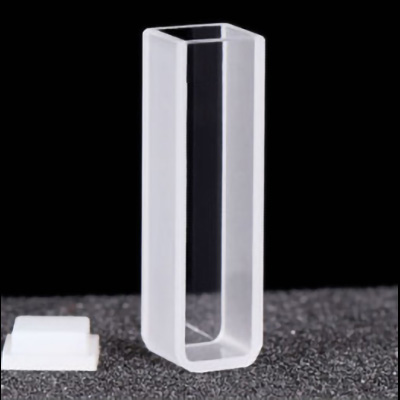

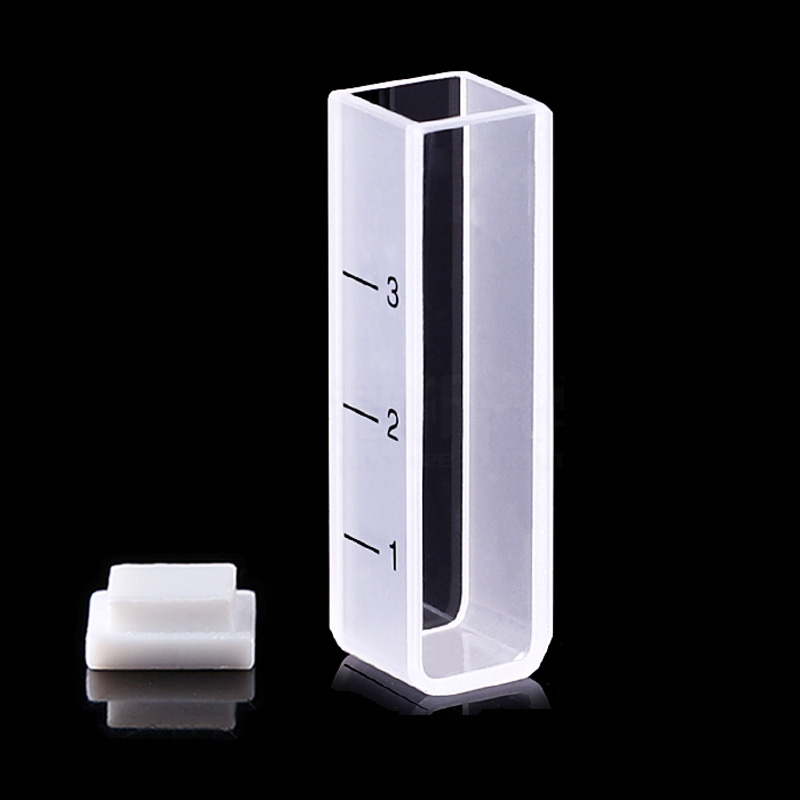


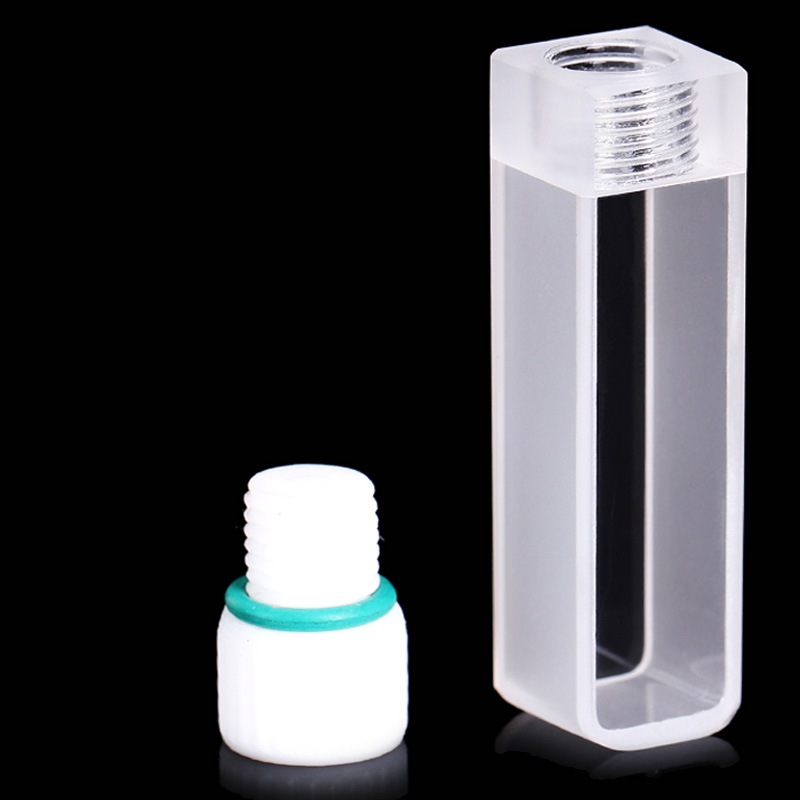



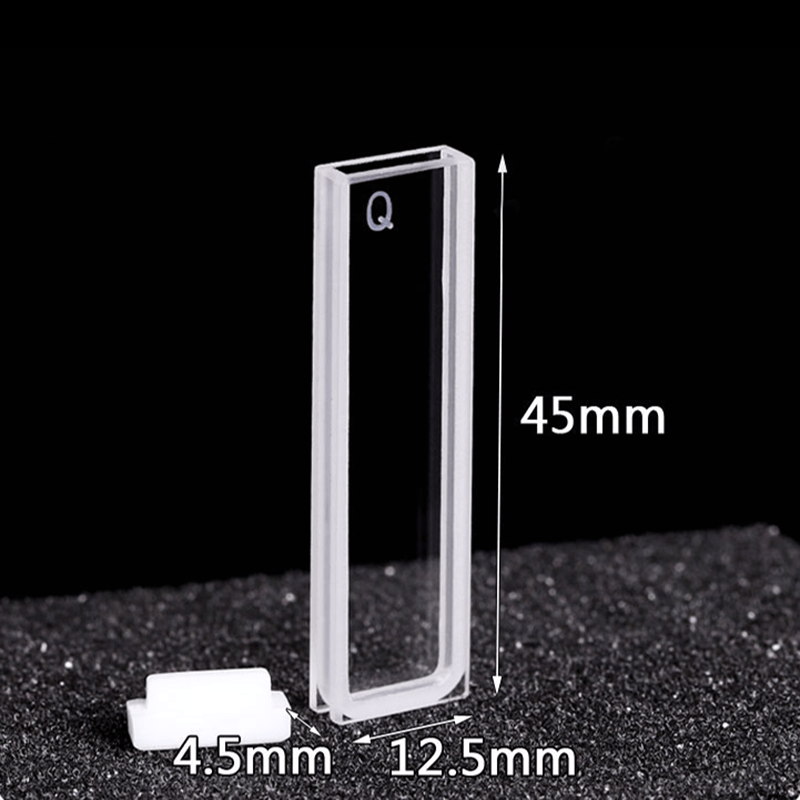
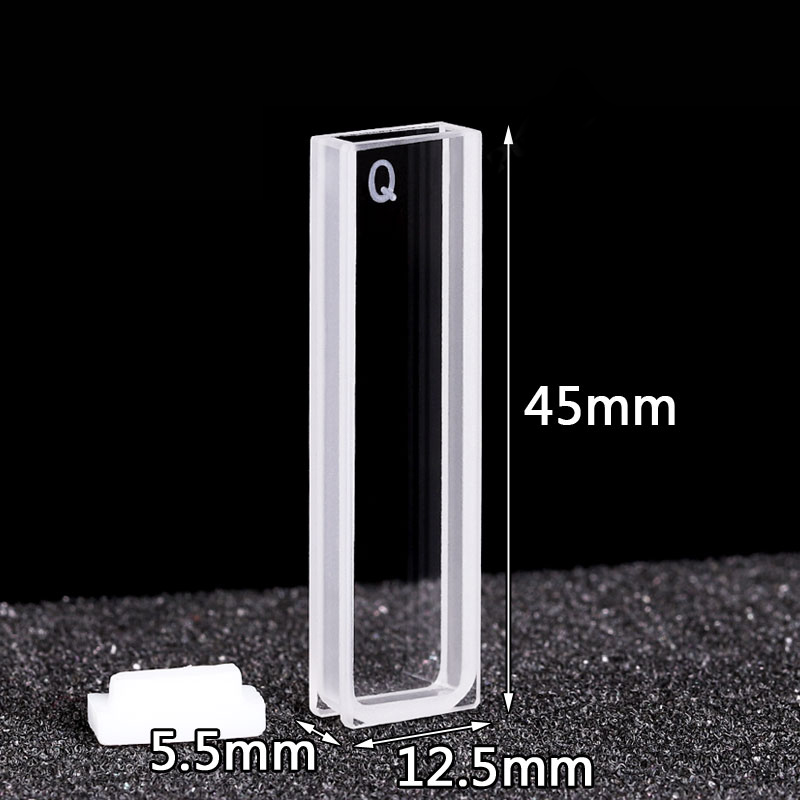


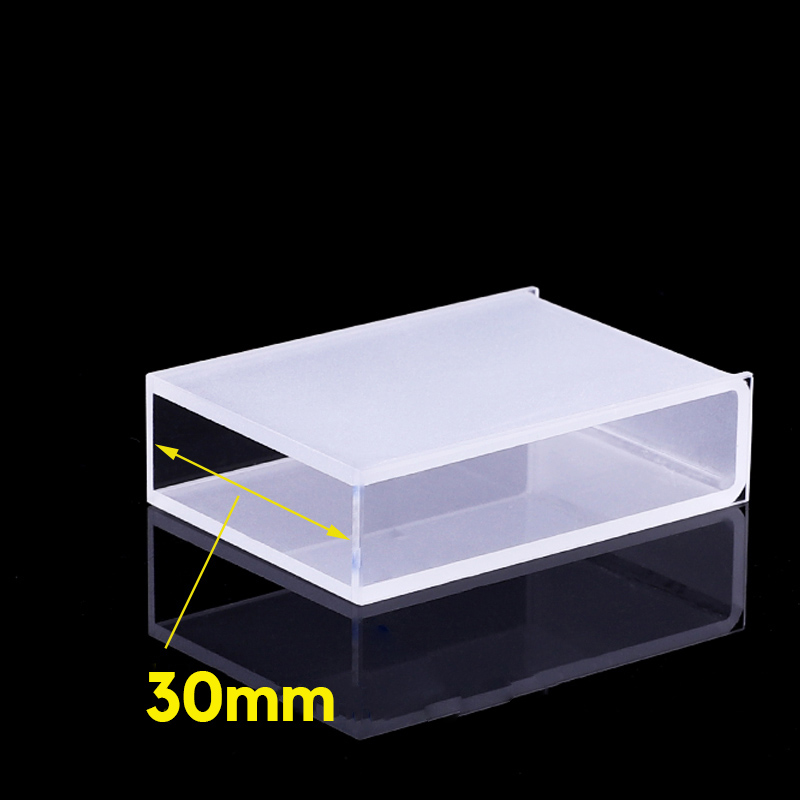

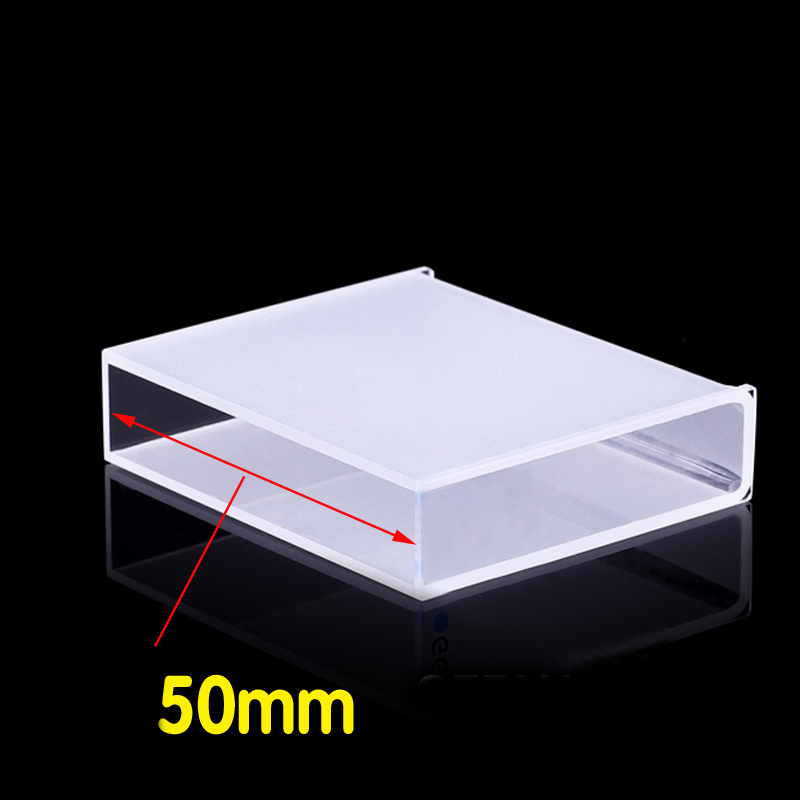


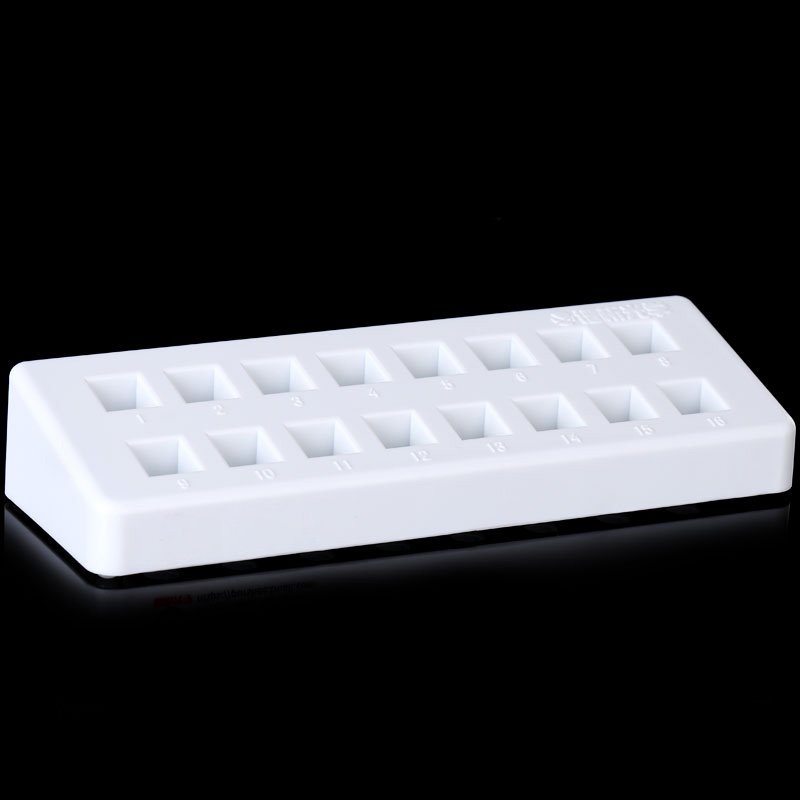
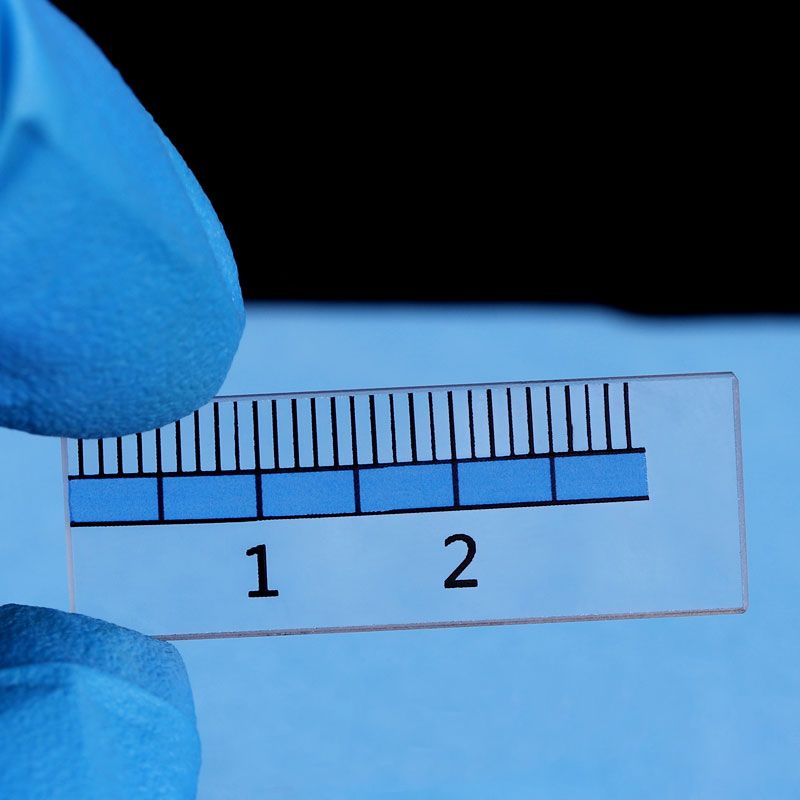
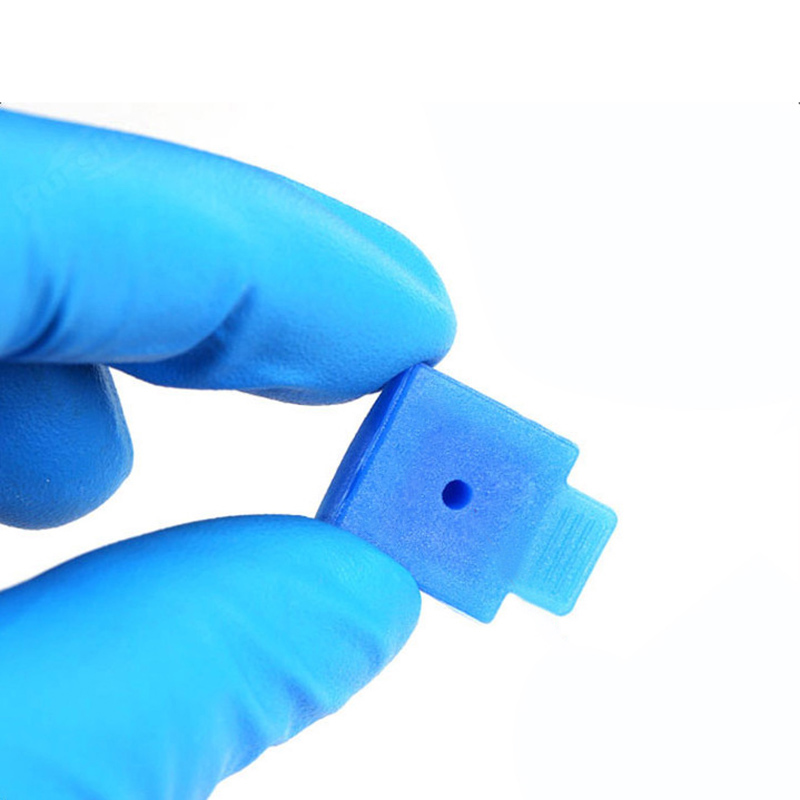
There are no reviews yet.